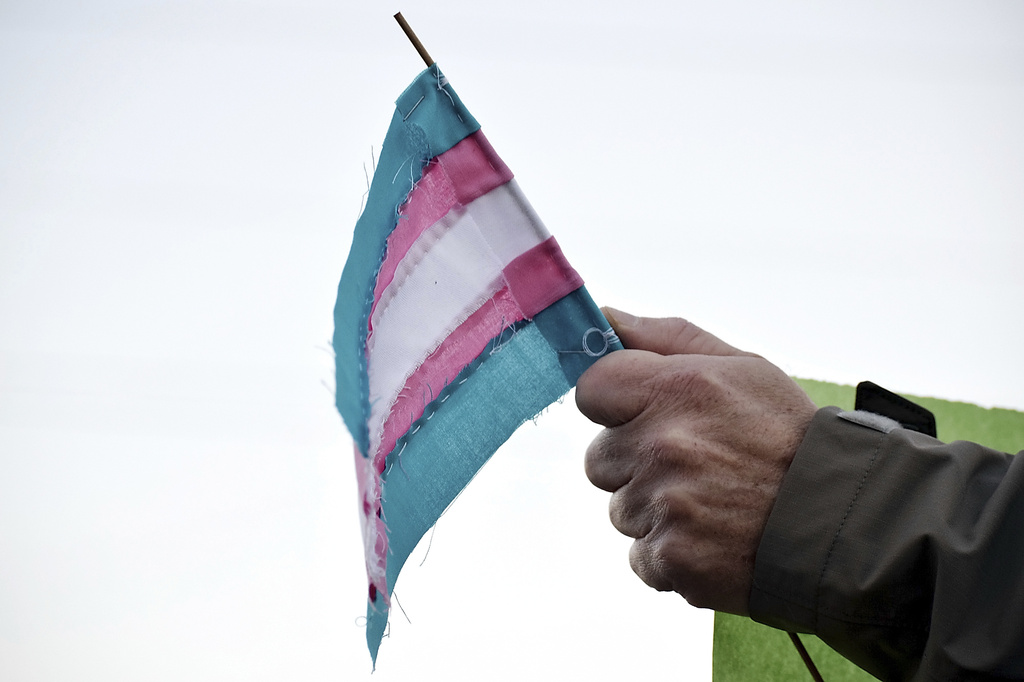Transgender Day Remembrance: Honoring Lives Lost to Violence \ Newslooks \ Washington DC \ Mary Sidiqi \ Evening Edition \ Transgender Day of Remembrance (TDOR), observed annually on November 20, memorializes transgender individuals who have lost their lives to violence. Established in 1999 in honor of Rita Hester, the day has grown into a global observance to reflect on the challenges faced by transgender people and to raise awareness about the systemic violence they endure. In 2023, the Human Rights Campaign (HRC) reported at least 36 transgender individuals killed in the U.S. over the past year, with Black transgender women disproportionately affected. Advocates are calling for greater protections amid an increasingly hostile political climate for the transgender community.
Transgender Day of Remembrance 2023: Quick Looks
- What It Is: TDOR is a day to honor transgender individuals lost to violence, observed each year on November 20.
- Origins: The observance began in 1999 to commemorate Rita Hester, a trans woman murdered in Massachusetts.
- 2023 Violence Statistics: At least 36 transgender individuals were killed this year, according to the HRC. Black transgender women accounted for nearly half of the victims.
- Political Climate: New restrictions on transgender rights and rhetoric from Republican-led states have intensified concerns about safety.
- Global Outreach: Vigils, educational events, and advocacy campaigns mark the day, with participants calling for systemic changes to protect transgender lives.
Deep Look
What is Transgender Day of Remembrance (TDOR)?
What began as a small memorial has since evolved into an international movement, drawing attention to the ongoing violence and discrimination faced by transgender individuals.
The day also concludes Transgender Awareness Week, a seven-day campaign aimed at educating the public about transgender issues, celebrating achievements, and advocating for equality. Events include vigils, memorials, and educational forums designed to foster empathy and awareness.
The Reality of Violence Against Transgender People
However, these numbers are widely believed to be undercounts. Misreporting, misgendering, and societal stigmas often obscure the true scale of violence against transgender individuals.
Key Statistics from the 2023 HRC Report:
- Disproportionate Impact: Nearly half of the victims this year were Black transgender women, reflecting the intersection of racism, sexism, and transphobia.
- Young Lives Cut Short: The youngest known victim was 14-year-old Pauly Likens of Pennsylvania.
- Methods of Violence: Two-thirds of the fatalities involved firearms, highlighting the role of gun violence in anti-transgender crimes.
- Perpetrators: Nearly a third of victims with identified killers were murdered by intimate partners, friends, or family members.
Political Climate: A Mounting Challenge
This year’s Transgender Day of Remembrance takes place amid a fraught political environment. Advocates are grappling with the implications of restrictive laws and rhetoric that they say endanger transgender individuals.
- Legislative Attacks: Half of U.S. states have passed laws banning gender-affirming care for transgender minors, and several states have introduced bills restricting bathroom access or participation in sports.
- Supreme Court Case: Next month, the U.S. Supreme Court will hear arguments in a lawsuit challenging Tennessee’s ban on gender-affirming medical care for minors, a case with nationwide implications.
- Rhetoric and Its Consequences: Advocates warn that anti-transgender rhetoric from politicians and public figures exacerbates stigma and fosters an environment where violence is more likely.
“This year’s legislative attacks and hateful rhetoric create fewer safe spaces for transgender people, making them more vulnerable to violence,” said a spokesperson for the National Center for Transgender Equality.
A Time to Reflect and Act
Common Observances Include:
- Candlelight Vigils: Communities gather to read the names of transgender individuals who have died in the past year.
- Educational Events: Workshops and panels aim to inform the public about transgender issues and promote allyship.
- Advocacy Campaigns: Organizations use the day to call for policy changes and increased protections for transgender individuals.
For many, TDOR is a deeply personal occasion. Families, friends, and allies come together to remember loved ones and share stories, ensuring that those lost to violence are not forgotten.
The Global Context
The day complements International Transgender Day of Visibility, celebrated in March, which highlights the achievements and contributions of transgender people while combating stereotypes and discrimination. Together, these observances paint a fuller picture of the transgender experience — one of resilience and hope despite significant challenges.
Looking Ahead: The Fight for Safety and Equality
Organizations like the Human Rights Campaign and the National Center for Transgender Equality continue to push for policies that safeguard transgender rights, particularly amid the rising tide of anti-transgender legislation.
At the heart of these efforts is the belief that every transgender person deserves to live without fear — and that their lives, contributions, and humanity must be recognized and celebrated.







